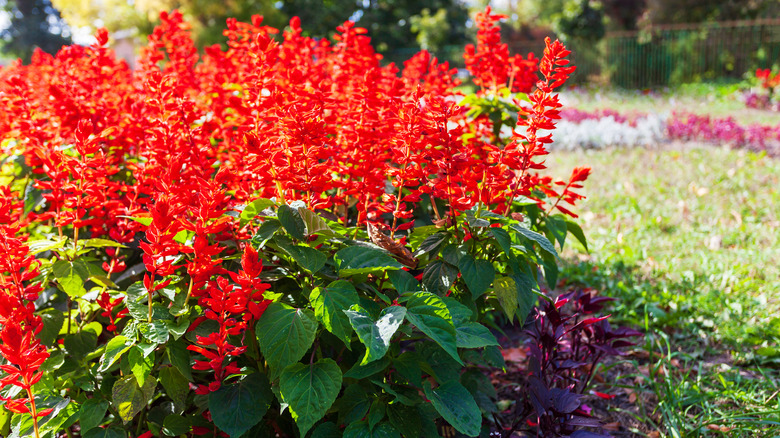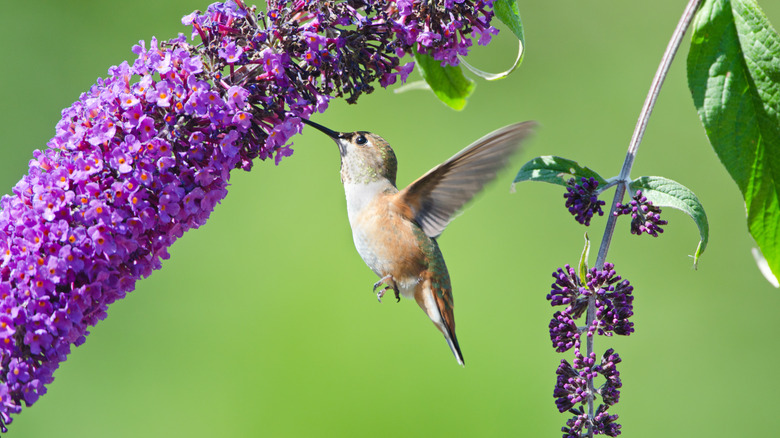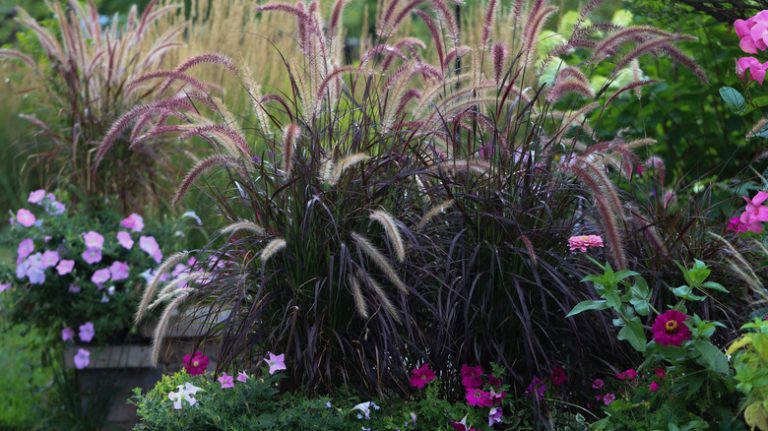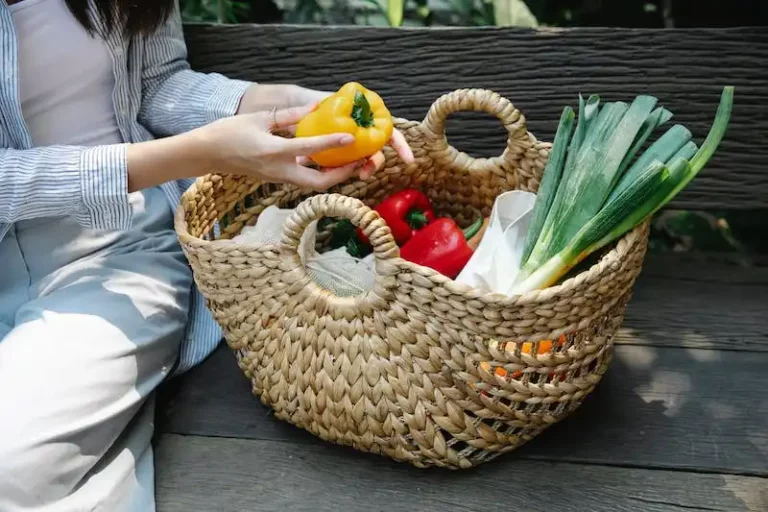Hummingbirds are fun to watch, but often you just catch a glimpse of their beautiful feathers before they’re gone. You might spot them in your yard from late winter to early spring, typically from February to May, depending on where you live. Hummingbirds have different habits depending on where they live; they usually stay in the same place in California, but in other parts of the United States, they migrate to Central America as the temperatures get cold. If you want to see more hummingbirds in your yard in winter, you’ll need to attract them with plants they like to drink from. Salvia gesneriiflora ‘Tequila,’ often just called Salvia Tequila, is the perfect plant thanks to its nectar and color.
Hummingbirds like to catch and eat flies, but they need plenty of sugar from nectar to give them the energy to catch those flies, migrate, and live from day to day. Their rapid pace of life requires them to stay active, which in turn requires many calories. Winter is tough for many species, but hummingbirds have it extra hard if they can’t find enough flies and nectar in the coldest part of the year since they demand so much energy.
Why Salvia Tequila is good for hummingbirds

Salvia is a gorgeous flowering plant that grows spikes full of small flowers. They’re available in several colors ranging from red to blue. The ‘Tequila’ cultivar is noted for its fiery red hues that are sure to attract pollinators and flower-loving humans. What makes them such a great choice for hummingbirds is that this plant blooms in late winter in zones 9-11, and possibly down to zone 8 if you can protect them from frost. Having blooms available in winter is crucial for hummingbird survival, even in areas where the weather is mild all year long. Salvia Tequila occasionally blooms throughout the year, so while it’ll be a staple in your winter garden, you may benefit from its gorgeous colors year-round.
Salvia plants typically thrive in full sunlight, but Salvia Tequila does better in dappled sunlight, where it can receive ample shade throughout the day. It bushes out like a shrub, and it can reach up to 9 feet tall. It makes a great backdrop in a pollinator garden and fits nicely under tall trees. It’s a common misconception that hummingbirds need red tubular flowers. Though the Saliva Tequila fits the bill, hummingbirds can benefit from any flower with nectar, even if it’s flat and blue, allowing you to create a diverse pollinator garden that is sure to attract hummingbirds.
Understanding a hummingbird’s habits

Pollinator gardens are a generous form of gardening since you are choosing plants specifically to attract wildlife to your yard. If you want to create a space like this to attract hummingbirds, cater to their needs. Remember that many species of hummingbirds head south for the winter, usually ending up in Mexico or other areas in Central America. As they travel, they need flies and nectar to have enough energy to make the trip. Hummingbird Central has a great video about the 2024 migration that will give you an idea of when and where you can expect to see hummingbirds.
If you live in USDA zones 9 to 11, you can grow Salvia Tequila for hummingbirds that are in your area for the winter. Not every hummingbird species takes a winter trip to Mexico, so you might be able to attract them to your pollinator garden if you live somewhere with a mild winter.



